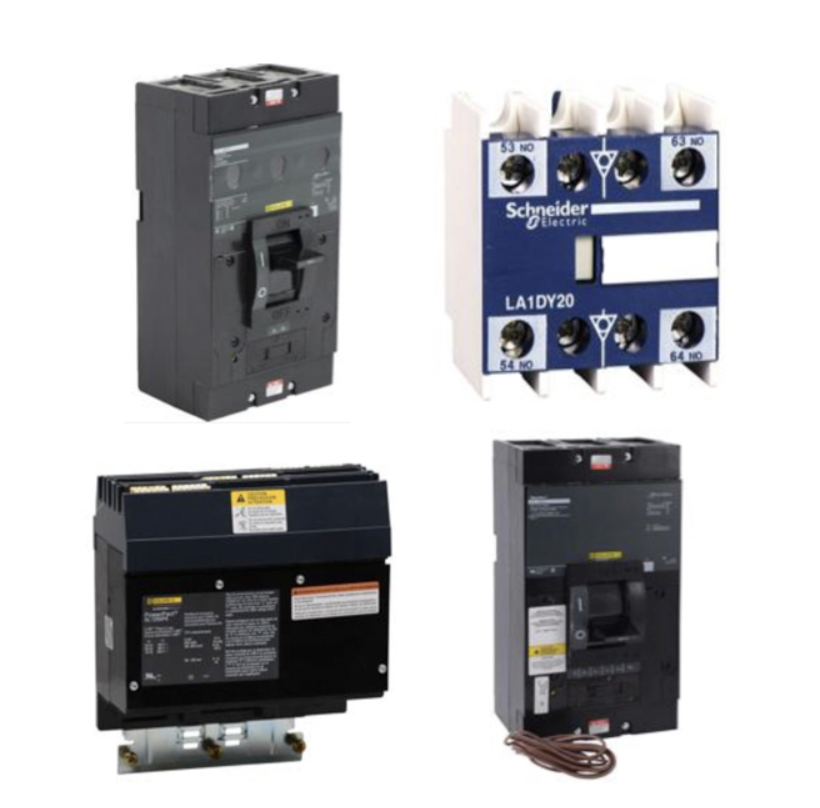Square D Molded Case Circuit Breakers

Schneider Electric's Square D Molded Case Circuit Breakers (MCCBs) are famous for their performance and reliability. They are highly versatile, faring well in all sorts of electric protection schemes. Not every MCCB will be suitable for your specific application. However, ample choices within the Square D line of molded-case circuit breakers should allow you to find a solution that fits the bill.
An extensive series of frame sizes, amperage ratings, and trip unit options make Square D MCCBs suitable for use in varied applications, typical of residential, commercial, and industrial control panels across North American installations. The PowerPact series, which consists of the following frame sizes, is the flagship of the Square D MCCB line: H, J, L, M, and P. Each series was designed with a specific performance and compatibility window in mind and is available with a variety of options to meet the demands of any job or application.
More Information about Square D Molded Circuit Breakers
These circuit breakers incorporate trip units that are both electronic and thermal-magnetic. The thermal-magnetic trip unit combines two types of protective technologies: It provides thermal protection against current overloads and short circuits and uses "magnetic latching" to rapidly open the contacts when its magnetic trip threshold is exceeded. The thermal-magnetic circuit breaker offers standardized protection that is robust and reliable. The electronic trip unit is more commonly found in molded-case circuit breakers but is also available in power circuit breakers. It can be configured to offer the levels of reliable protection associated with thermal-magnetic trip units. The MCCBs come in 1-pole, 2-pole, 3-pole and 4-pole designs.
What is a Circuit Breaker?
There are two different types of technologies that are commonly used in circuit breakers.
Magnetic Breakers
Magnetic Breakers are designed to react to short circuits or sharp spikes in voltage and current. The more current that passes through the breaker’s electromagnet, the stronger the magnet becomes. When the current exceeds the rating for that particular breaker, the magnetic force becomes strong enough that it will pull the contact back and disconnect it from the other contact, disconnecting power from the device.
Thermal Protection Breakers
Thermal Protection Breakers protect against a sustained overcurrent, or a higher current, for a longer period of time. Thermal protection uses a Bimetal strip that will bend the contacts away from each other to disconnect power. Thermal Magnetic Breakers are the most common type of circuit breakers. They combine magnetic technology to protect against short circuits or sharp spikes and thermal technology that protects against sustained overcurrent for a long period of time.

